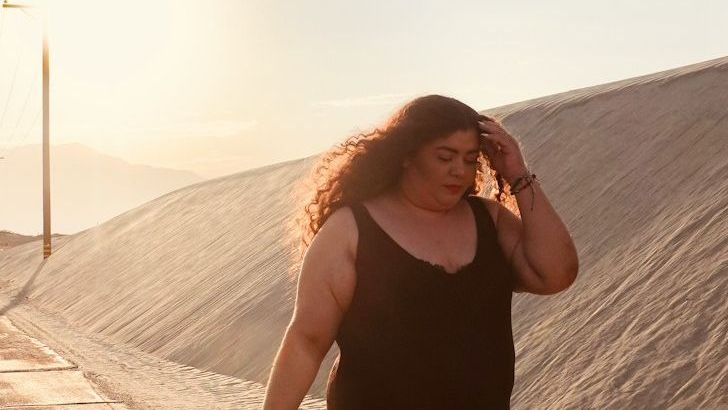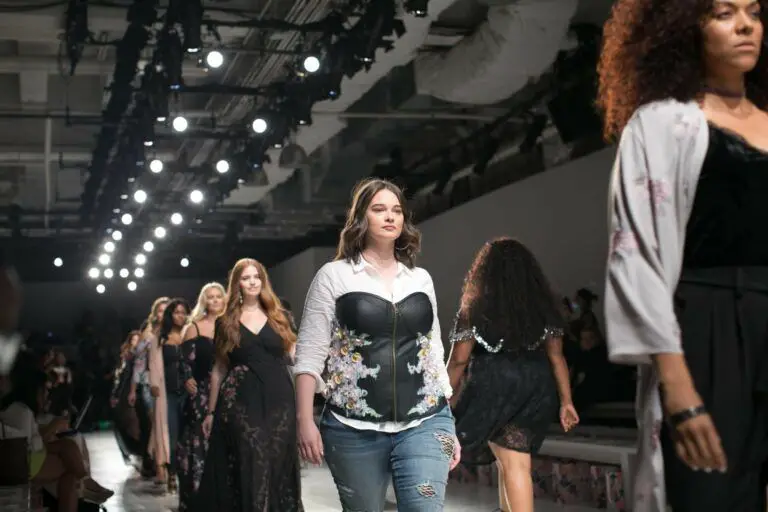Minimal Representation Even In Broader Fashion
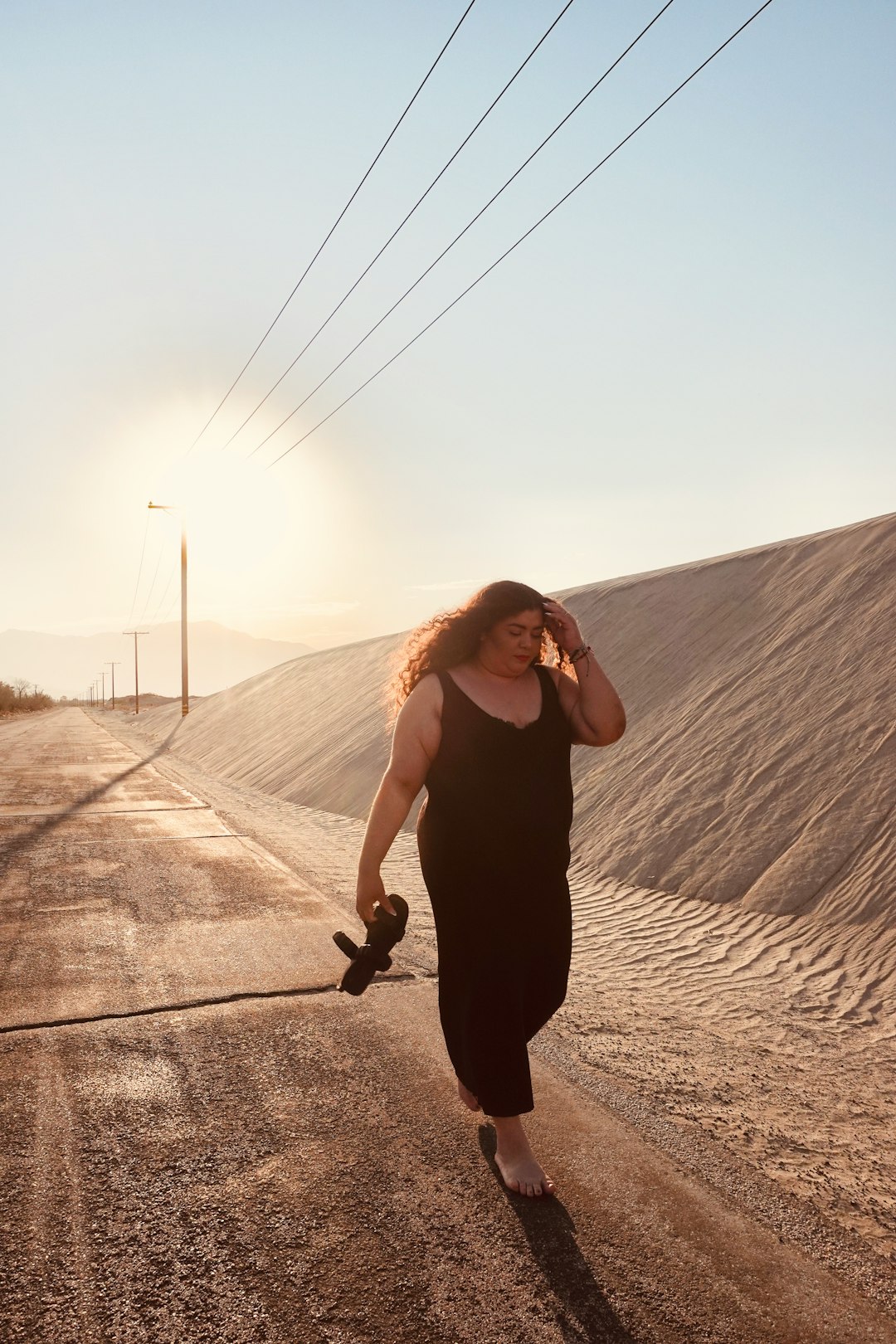
Plus‑size models are very rarely seen in fashion campaigns overall, and luxury shoe campaigns are even more exclusive, so the absence is stark. The fashion industry has long struggled with representation, but when it comes to luxury footwear, the exclusion becomes even more pronounced.
Walking through the glossy pages of high-end fashion magazines, you’ll notice a pattern. The models showcasing designer heels and statement boots all share remarkably similar body types. This isn’t just coincidence – it’s a deliberate choice that reflects deeper issues within the luxury fashion ecosystem.
Luxury Brands Limit Sizing Infrastructure
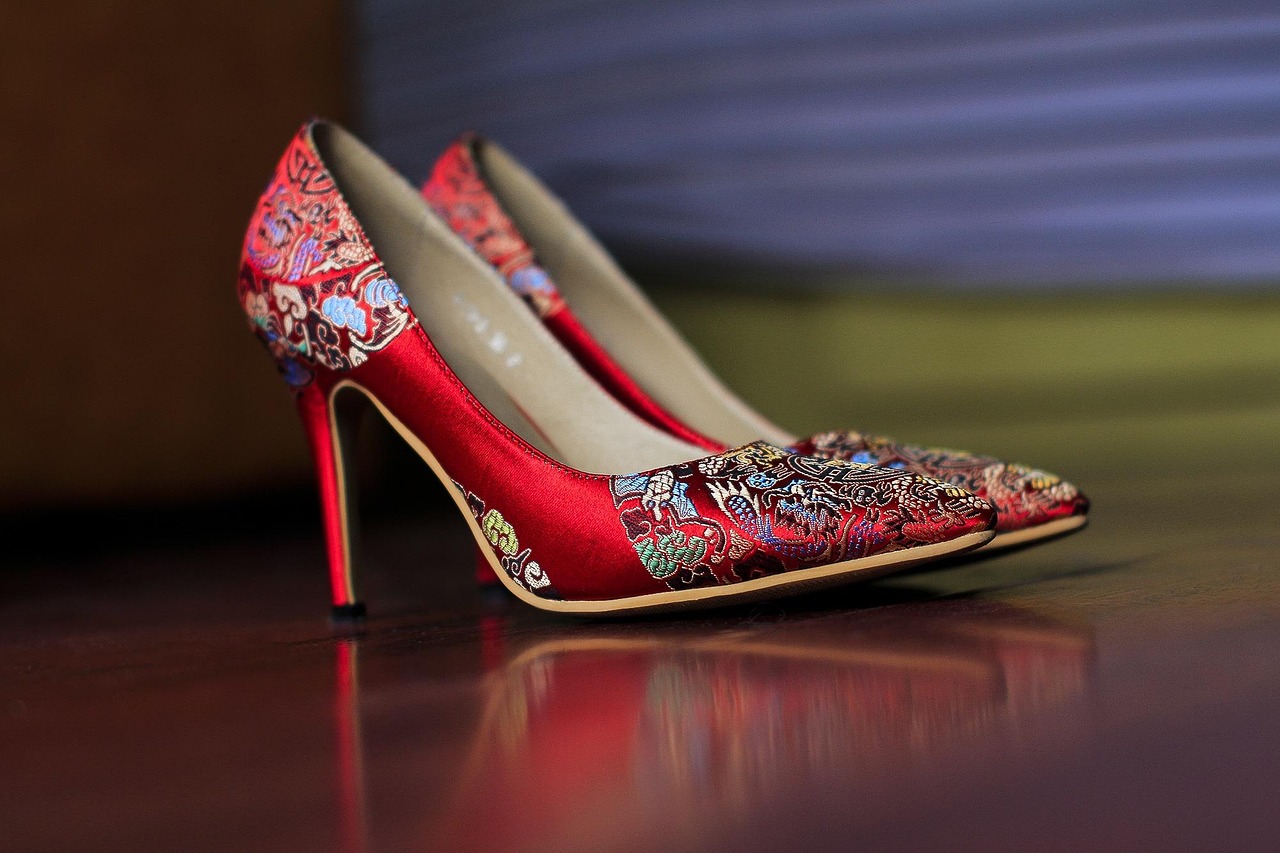
Many luxury houses don’t design sample sizes or molds beyond standard small-to-medium ranges, making it difficult to include plus‑size models in their campaigns. The production process for luxury shoes involves creating samples months before campaigns are shot. These samples are typically made in size 8 or 9, which fits the industry standard model measurements.
This infrastructure limitation creates a practical barrier that many brands use as justification for their narrow casting choices. When the physical products don’t exist in larger sizes, including diverse models becomes logistically challenging and expensive.
Risk Aversion and Brand Identity Concerns
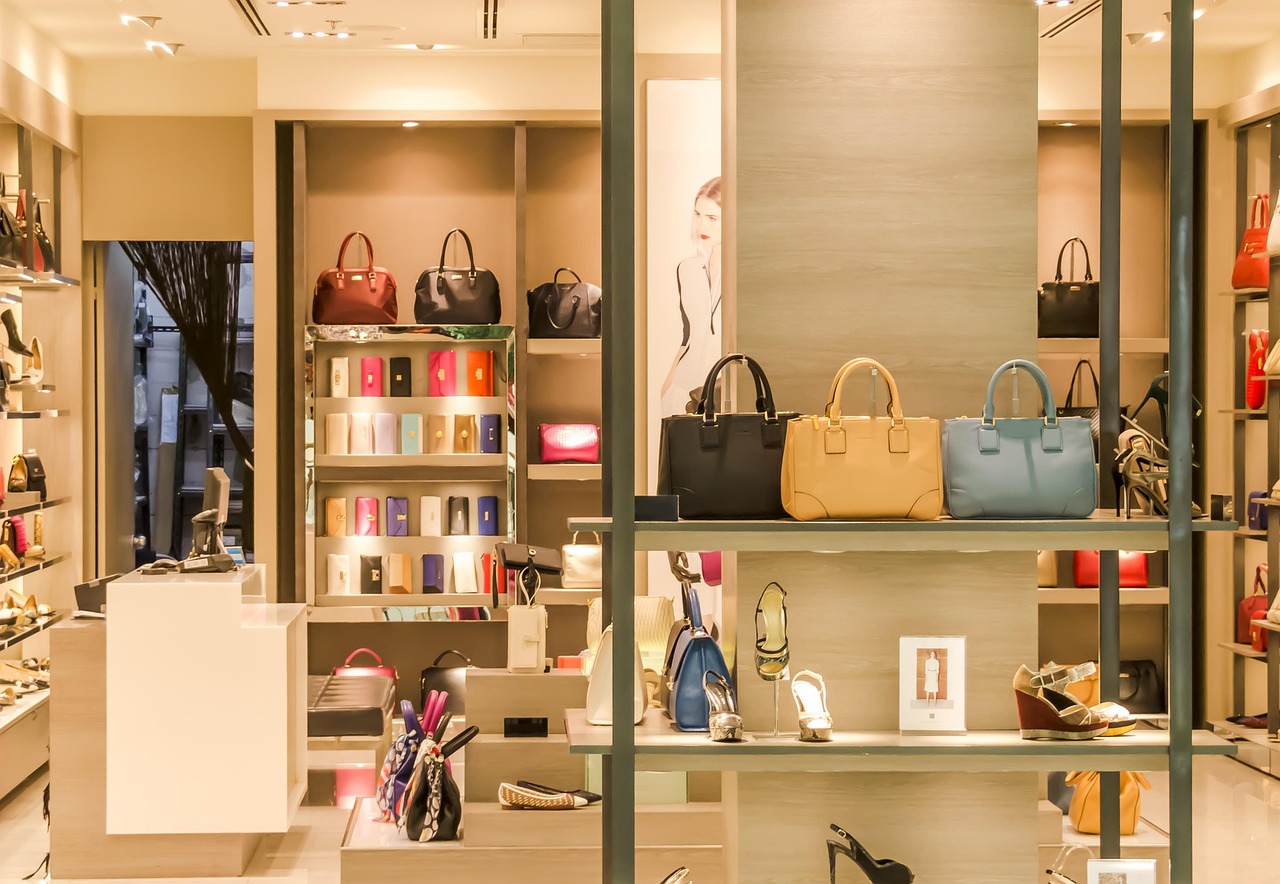
Luxury brands often worry that inserting plus‑size representation might clash with their curated “aspirational” aesthetic, so they resist change despite shifting social norms. Brand managers fear that diversifying their campaigns could dilute their carefully crafted image of exclusivity and refinement.
This conservative approach stems from decades of marketing that equated thinness with luxury and sophistication. Many creative directors still believe that showing diverse body types might make their products appear less desirable to their target demographic.
The irony is that this fear-based thinking may actually be pushing potential customers away rather than attracting them.
Tokenism Over True Inclusion
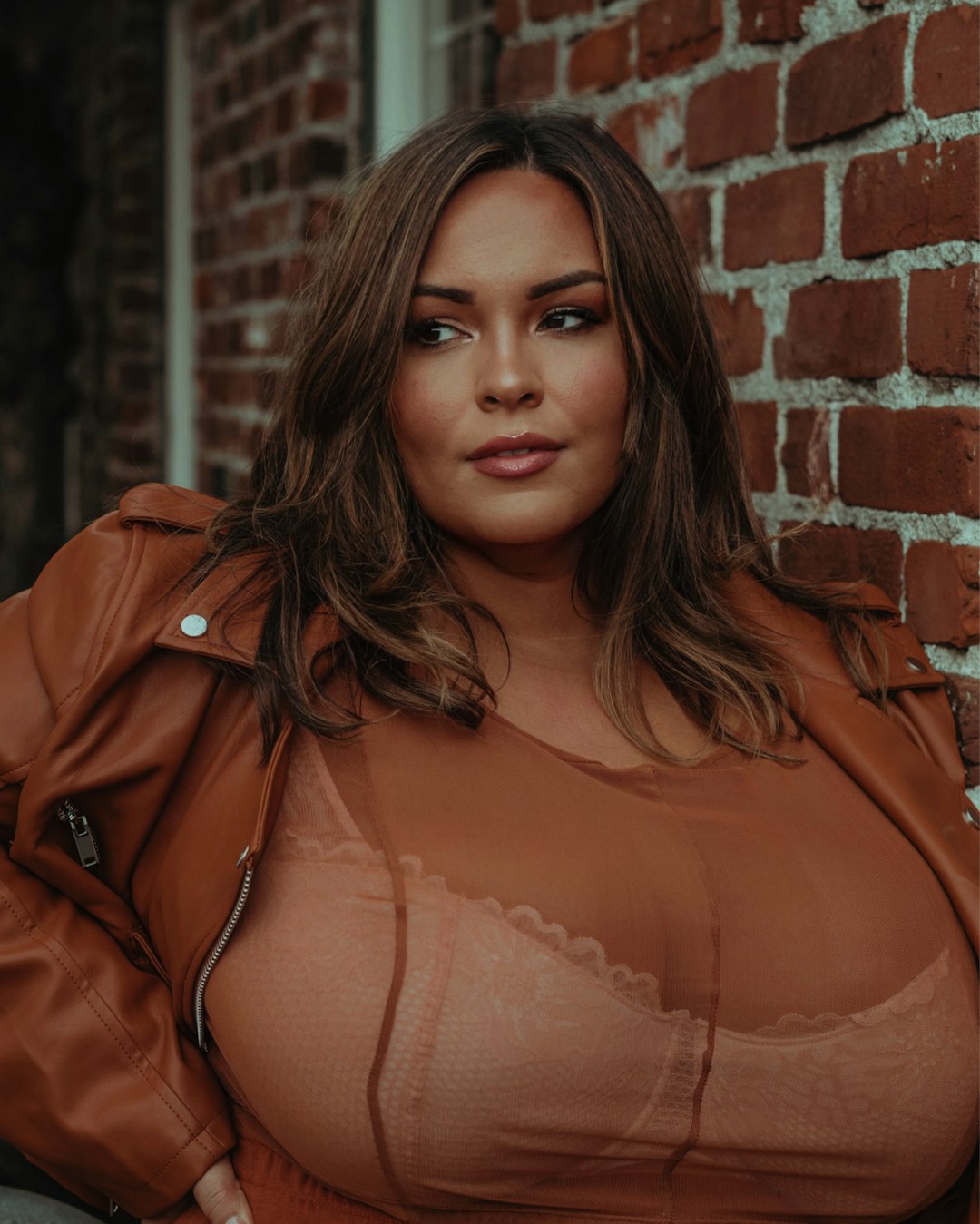
Occasional use of a plus‑size individual in a campaign can feel symbolic, but meaningful inclusion would be consistent representation across all seasons and product lines. Some luxury brands have made headlines for featuring one plus-size model in a single campaign, then reverting to their usual casting choices immediately after.
This approach often backfires because consumers can easily spot performative inclusion. True representation requires ongoing commitment, not just a one-time effort to generate positive press coverage.
Barriers in Technical Fit & Design
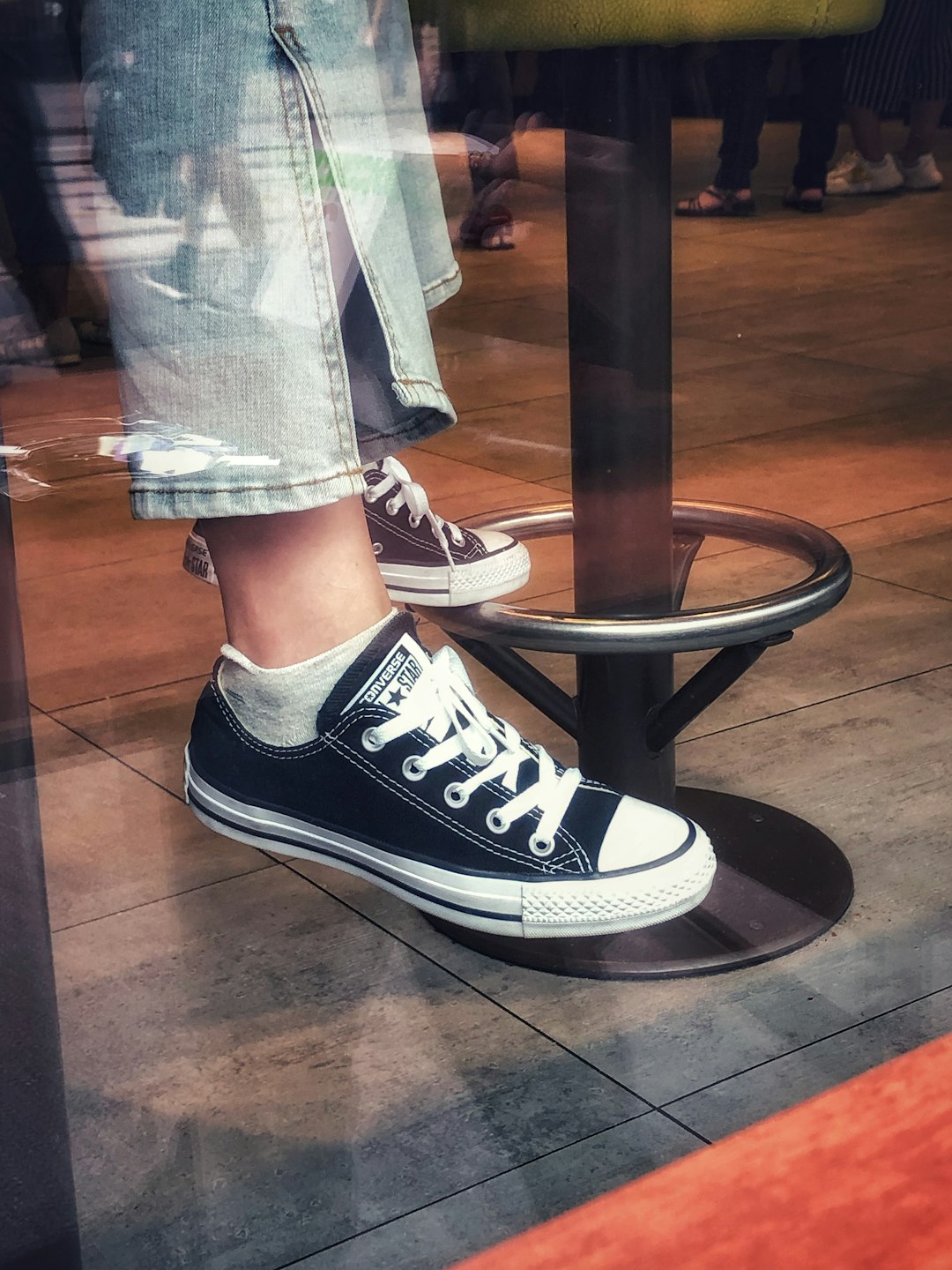
Shoes require precise engineering and fit. Luxury brands often haven’t invested in designing for fuller foot shapes or widths, which complicates including plus‑size models. Unlike clothing that can be adjusted with pins and clamps during photo shoots, shoes must actually fit the model’s feet properly.
Plus-size individuals often have different foot proportions, requiring specialized lasts and construction methods. Many luxury shoemakers haven’t developed these technical capabilities, creating a genuine obstacle to inclusive casting. This technical challenge demands significant investment in research and development that many brands are reluctant to make.
Digital and AI Tools Partly Fill the Gap

Some brands use digital simulations or AI to show shoes on diverse feet, but these tools are imperfect and don’t fully substitute for real bodies wearing the product. Advanced computer graphics can create the appearance of inclusivity without requiring actual diverse models or extended size ranges.
While these digital solutions offer some representation, they lack the authenticity and emotional connection that real models provide. Consumers increasingly value genuine representation over artificial substitutes.
Economic Argument for Inclusion

A large portion of women wear sizes beyond standard ranges. By excluding plus‑size consumers, luxury brands may be leaving real revenue on the table as demand for inclusivity grows. Market research shows that roughly two-thirds of American women wear size 14 or larger, representing a massive potential customer base.
The luxury market is expanding globally, and diverse body types are becoming increasingly celebrated in many cultures. Brands that embrace this shift early may gain competitive advantages over more conservative competitors.
Forward-thinking luxury houses are beginning to recognize that exclusivity based on body size may actually limit their market potential rather than enhance their prestige.
Emerging Brands Leading The Way
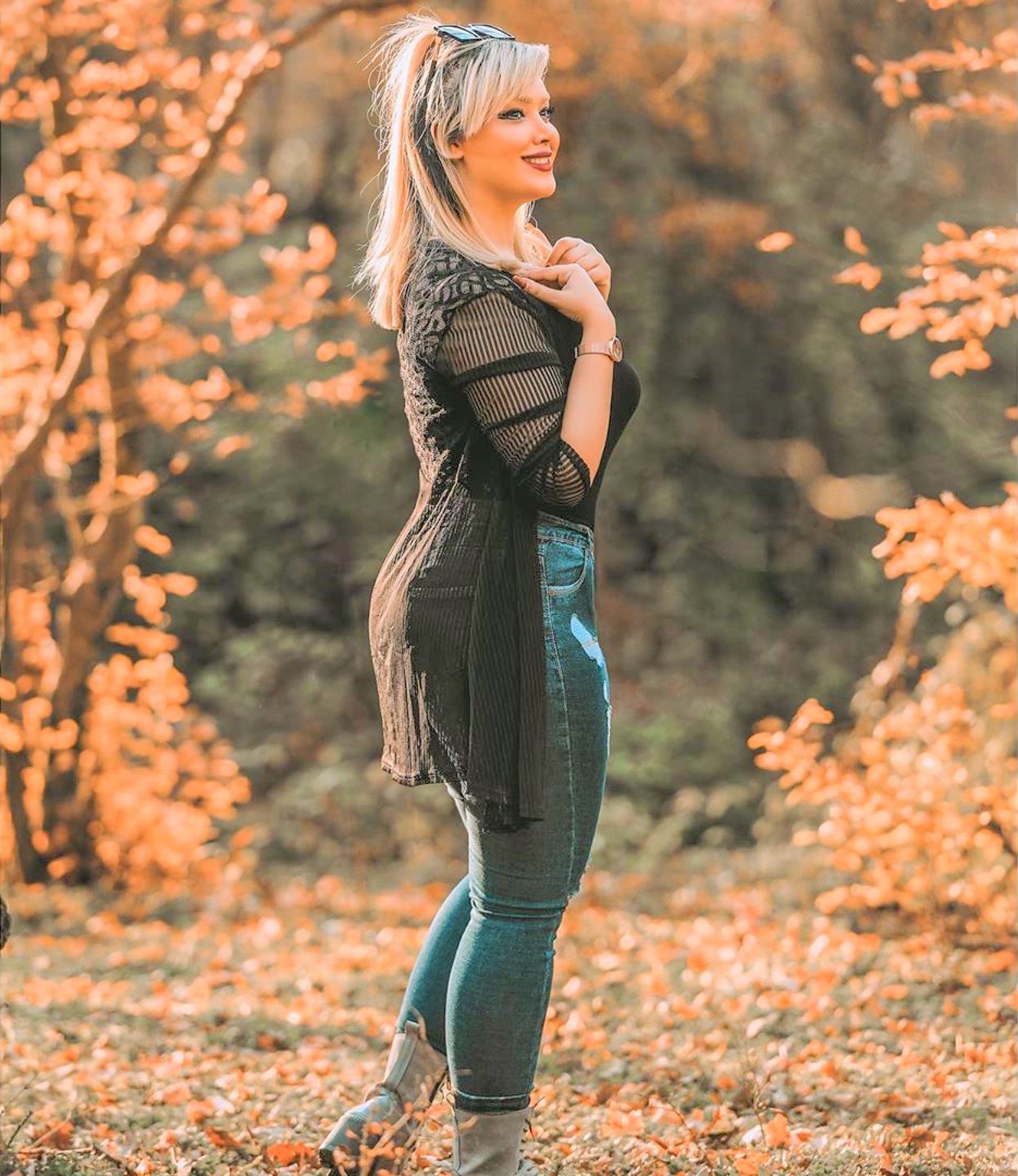
Some upstart and progressive brands are already centering plus‑size models and inclusive sizing in their luxury campaigns, showing that it’s possible and that consumers respond positively. These innovative companies are proving that luxury and inclusion aren’t mutually exclusive concepts.
New luxury shoe brands are building inclusive practices into their business models from the ground up, rather than trying to retrofit existing systems. Their success demonstrates that consumers are eager for authentic representation in high-end fashion.
These pioneering brands are forcing established luxury houses to reconsider their approaches as they compete for increasingly conscious consumers who vote with their wallets.

